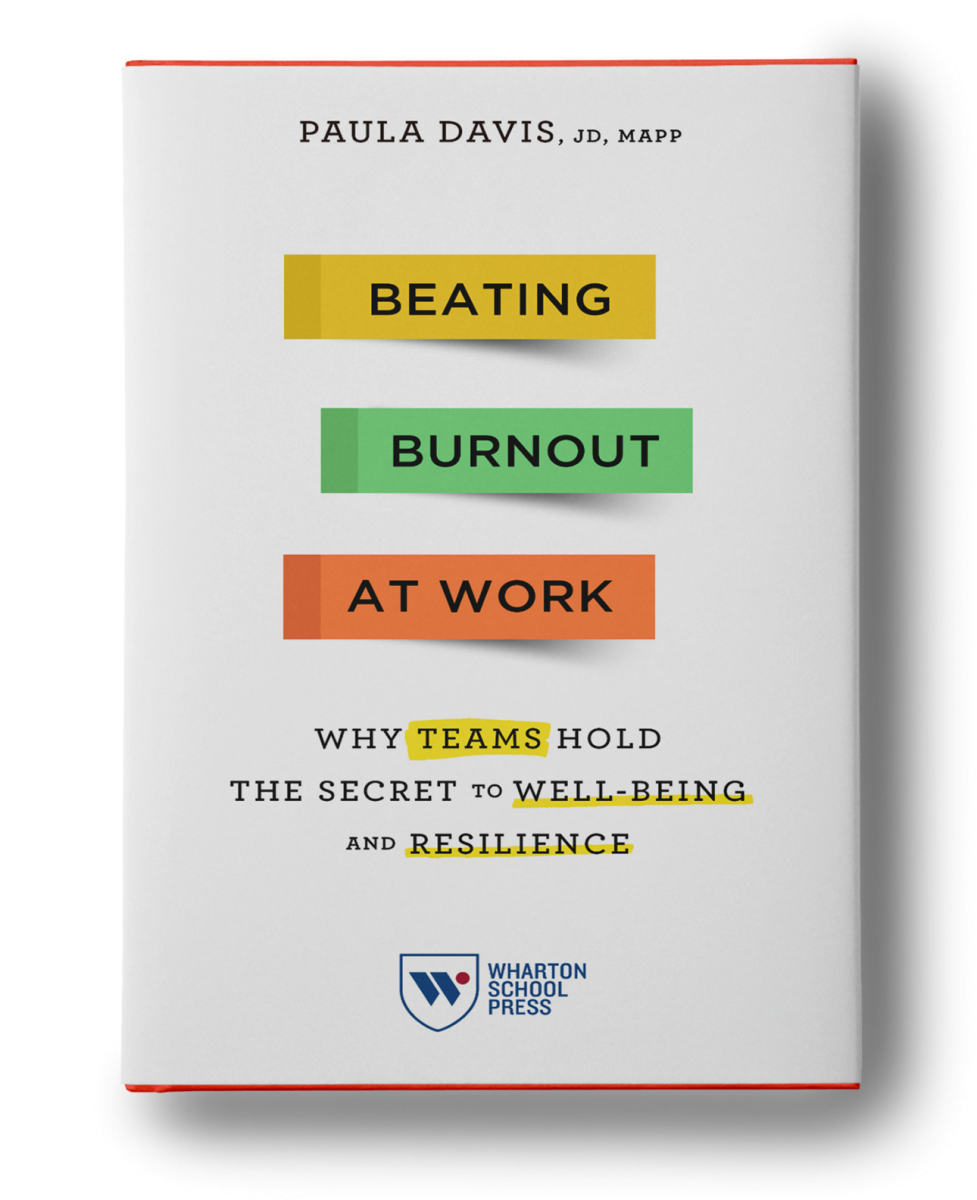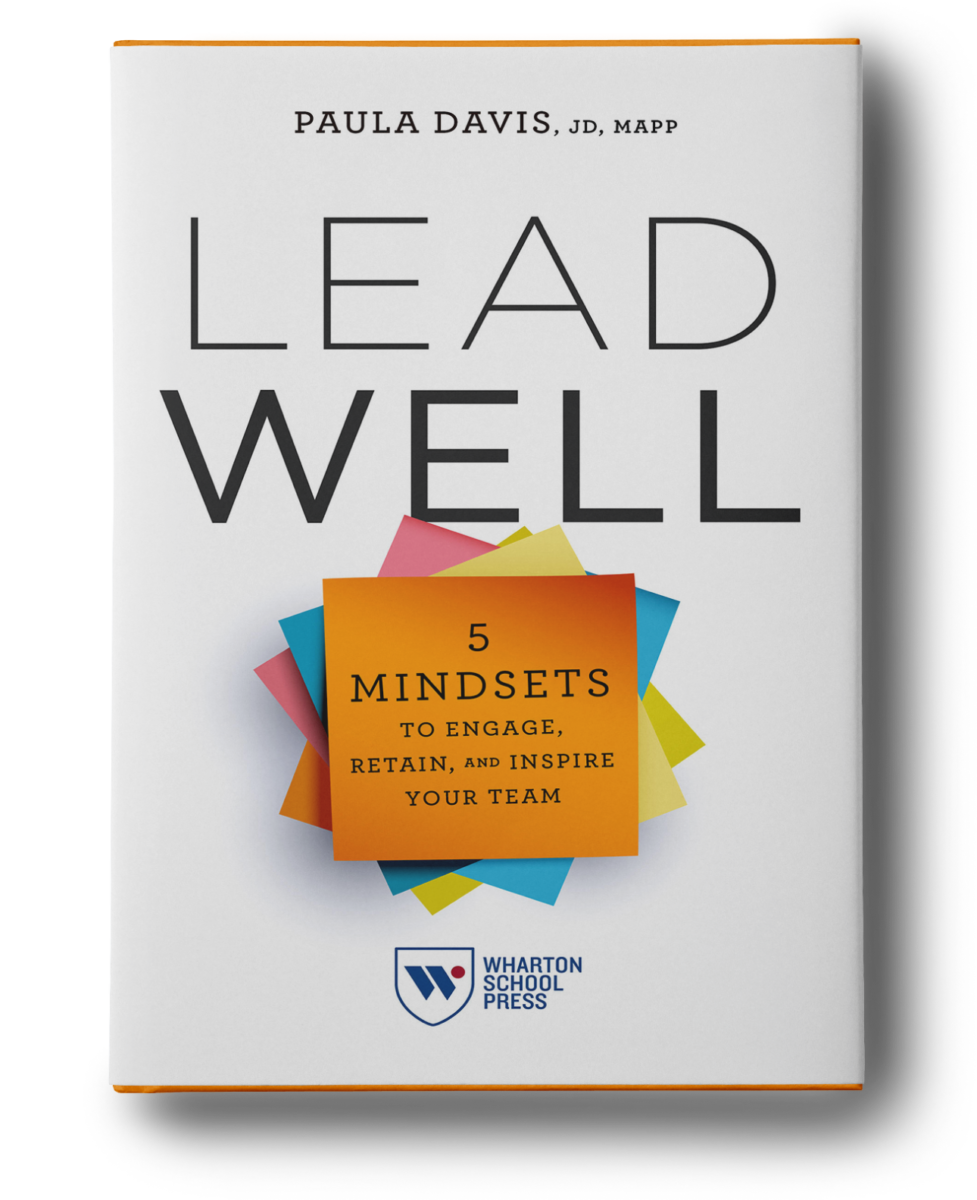


Beating Burnout at Work was nominated for best Spring 2021 book by the Next Big Idea Club. The Next Big Idea Club is curated by Adam Grant, Daniel Pink, Susan Cain, & Malcom Gladwell.
A first-of-its kind, science-backed toolkit that takes a holistic approach to burnout prevention by helping individuals, teams, and leaders build resilience and thrive at work.
Solving the burnout puzzle requires a systemic approach.
In Beating Burnout at Work: Why Teams Hold the Secret to Well-Being and Resilience, Paula Davis, founder of the Stress and Resilience Institute, provides a new framework to help organizations prevent employee burnout. Davis offers an actionable method to help leaders create cultures of well-being and resilience in their organizations.
Davis’s research-driven, fast-reading, and actionable book is the first-of-its-kind to explore a new solution to the burnout problem at work: a comprehensive approach focused on building the resilience of teams of all sizes. Davis argues that teams, and their leaders, are uniquely positioned to create the type of cultures that are needed to prevent burnout.
In Beating Burnout at Work, Davis shares stories from her work coaching, teaching, and training teams and leaders across different industries, and she explores:
- How she navigated her own burnout as a lawyer, and how that led her to study burnout and launch a business with the aim of helping organizations and their employees become more resilient;
- How teams and leaders can utilize simple, science-backed strategies to create cultures that promote resilience and well-being and reduce burnout;
- How the Mayo Clinic, one of the most renowned medical centers in the world, has developed a powerful model to reduce burnout in its organization;
- How organizations dealing with high-stress challenges, including the US Army, work to increase resilience in a systemic way; and
- How the German company trivago is piloting a new approach to work amid COVID-19 in order to increase team connection and resilience
Praise for Beating Burnout at Work
Contact Us
How can we help? Let us know today!

